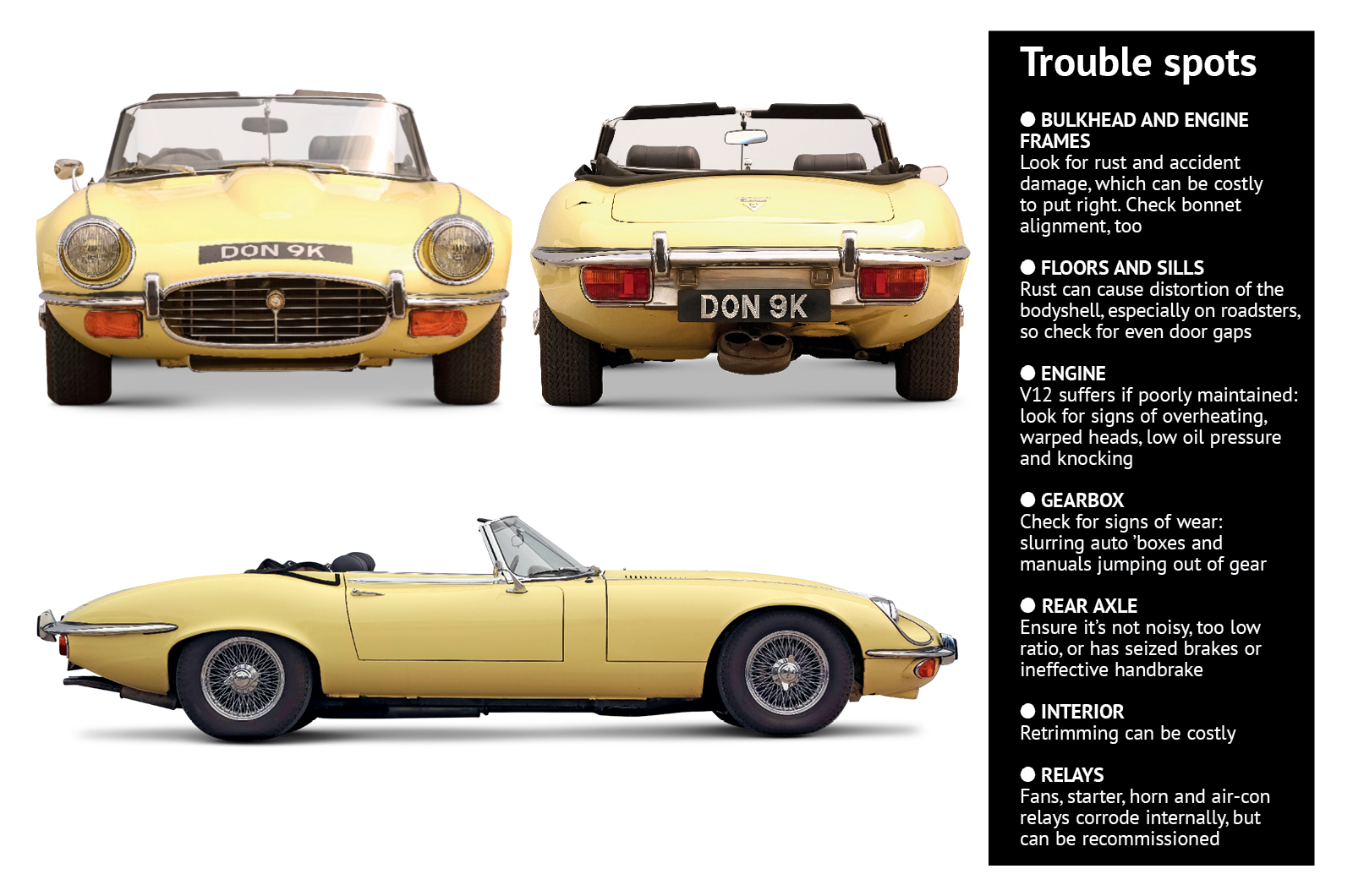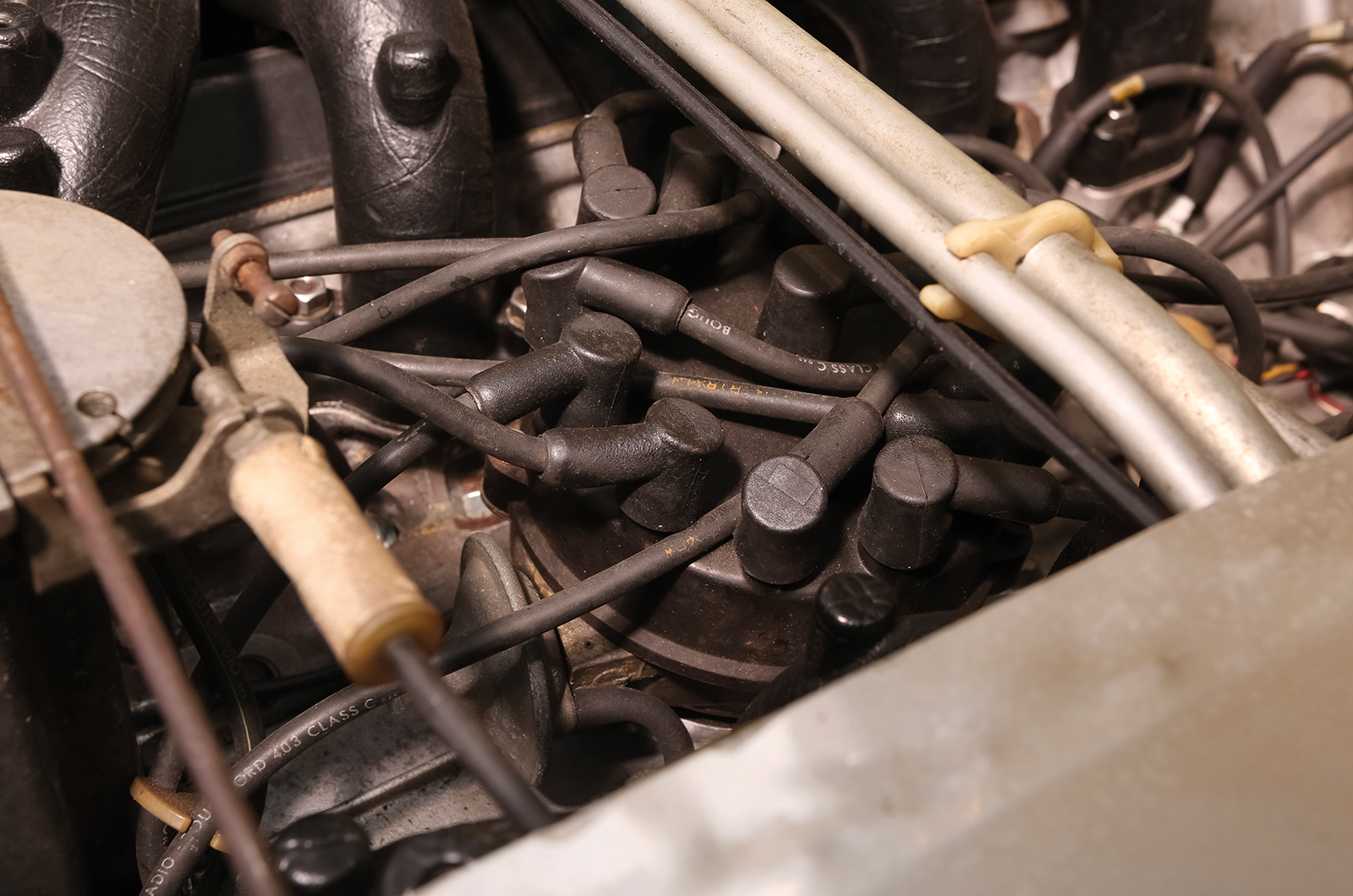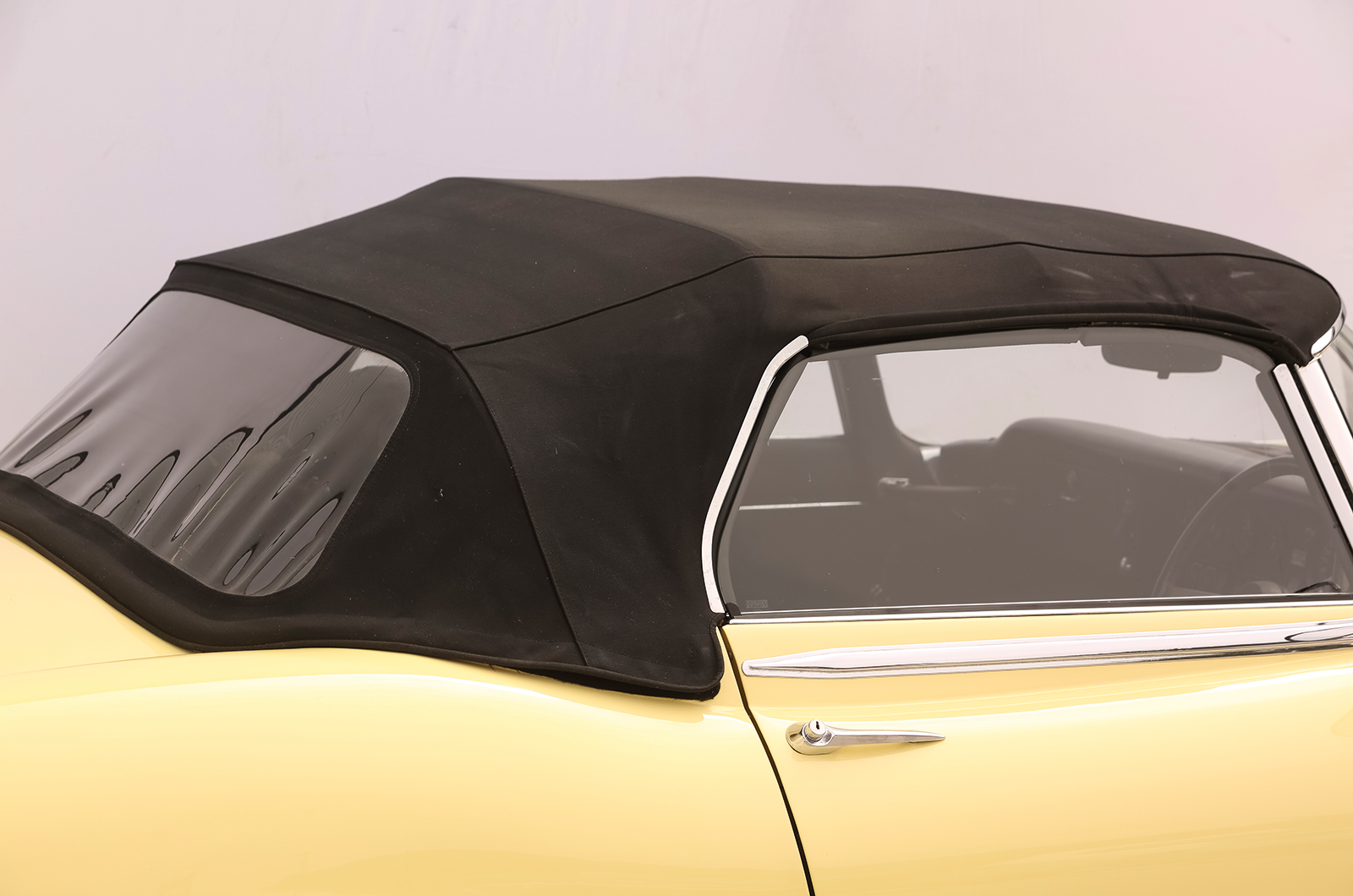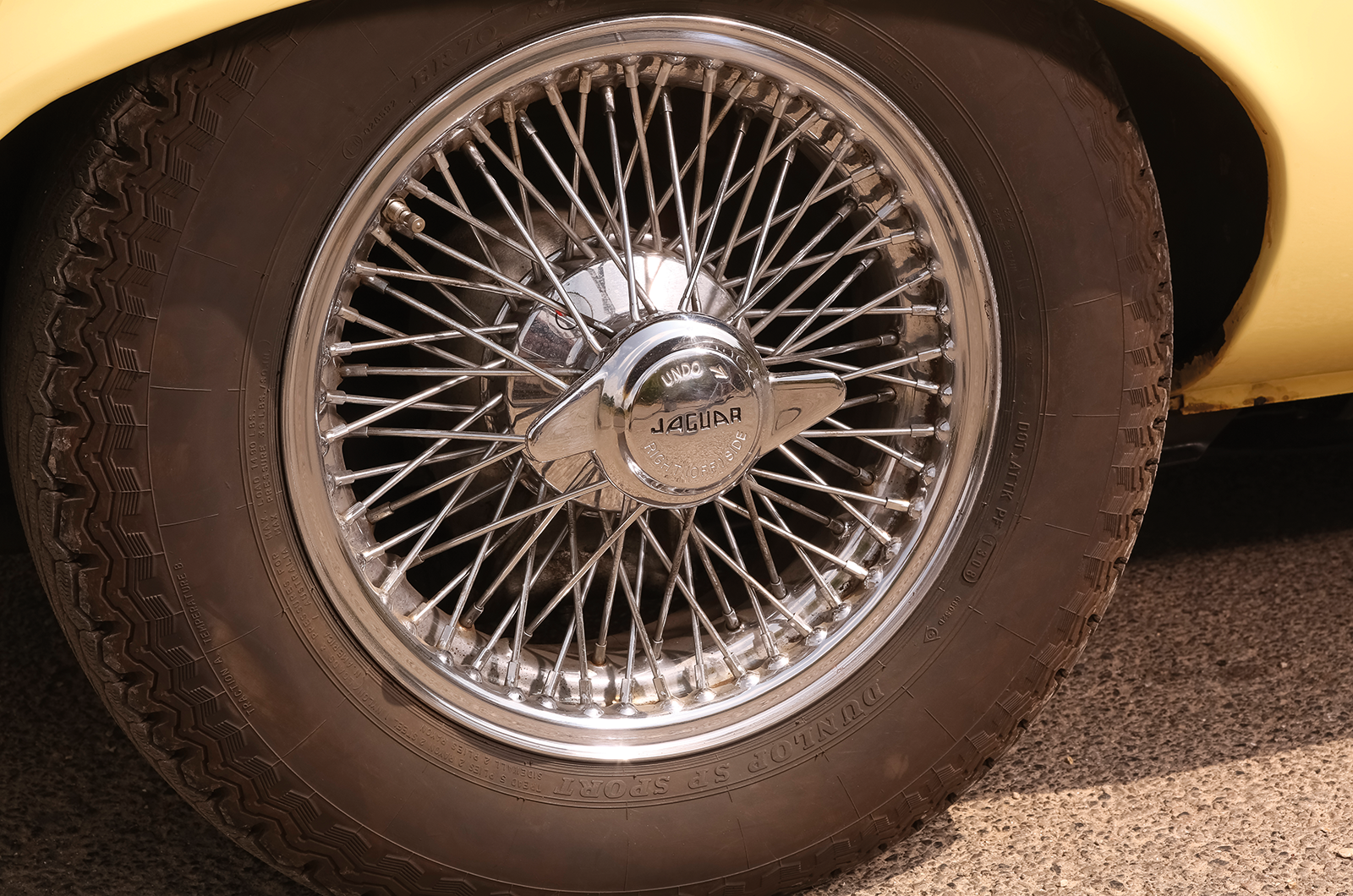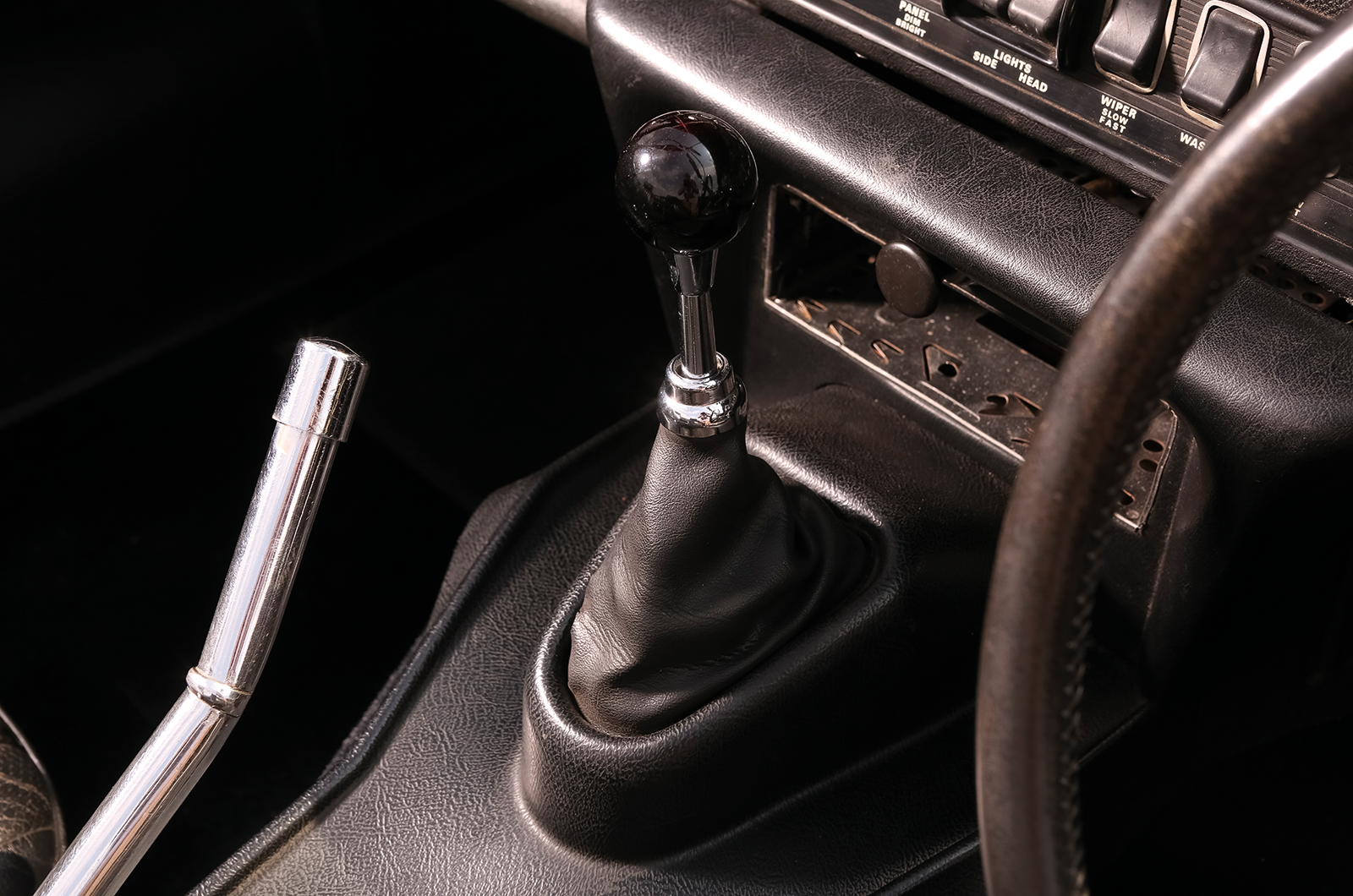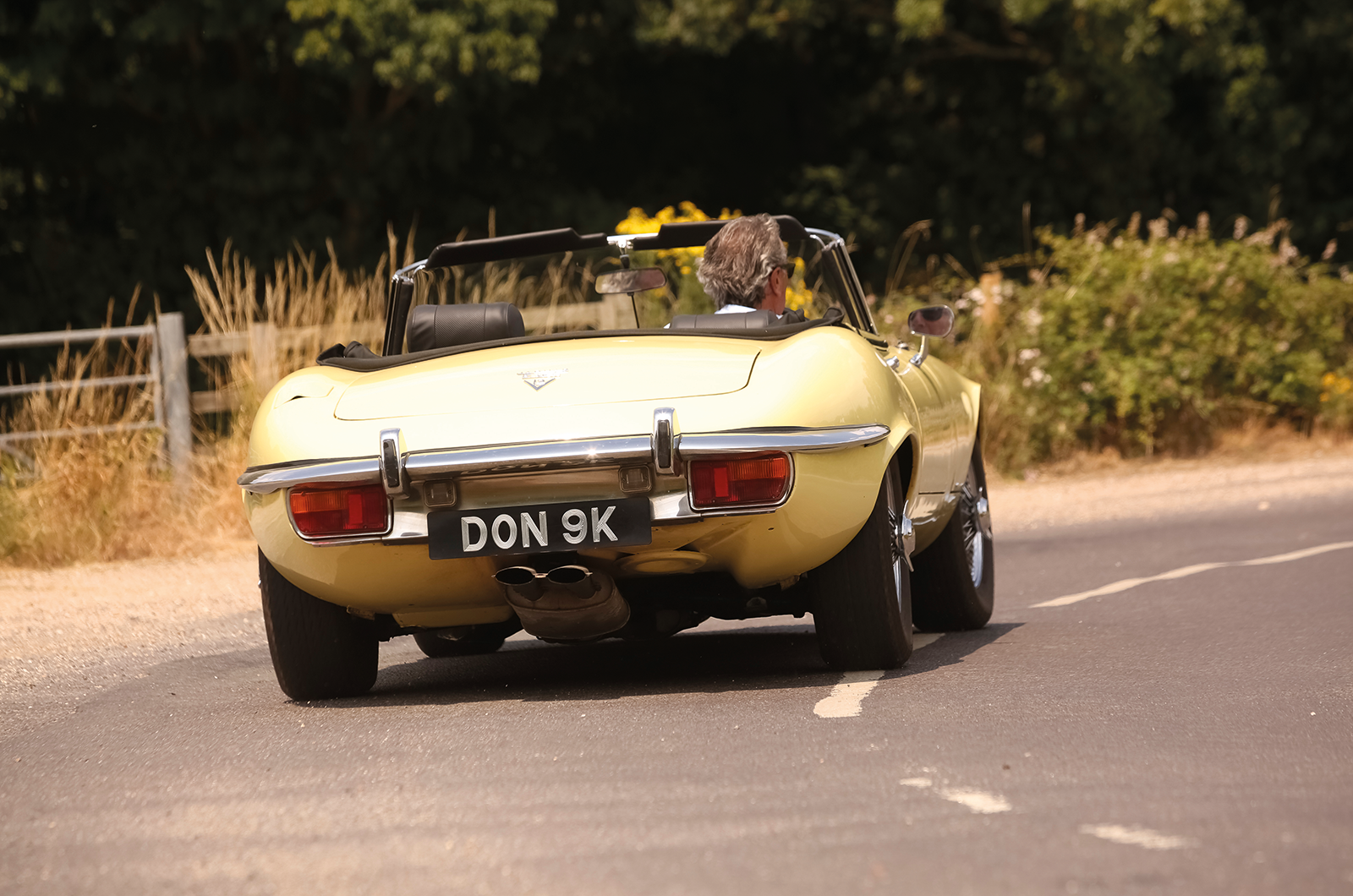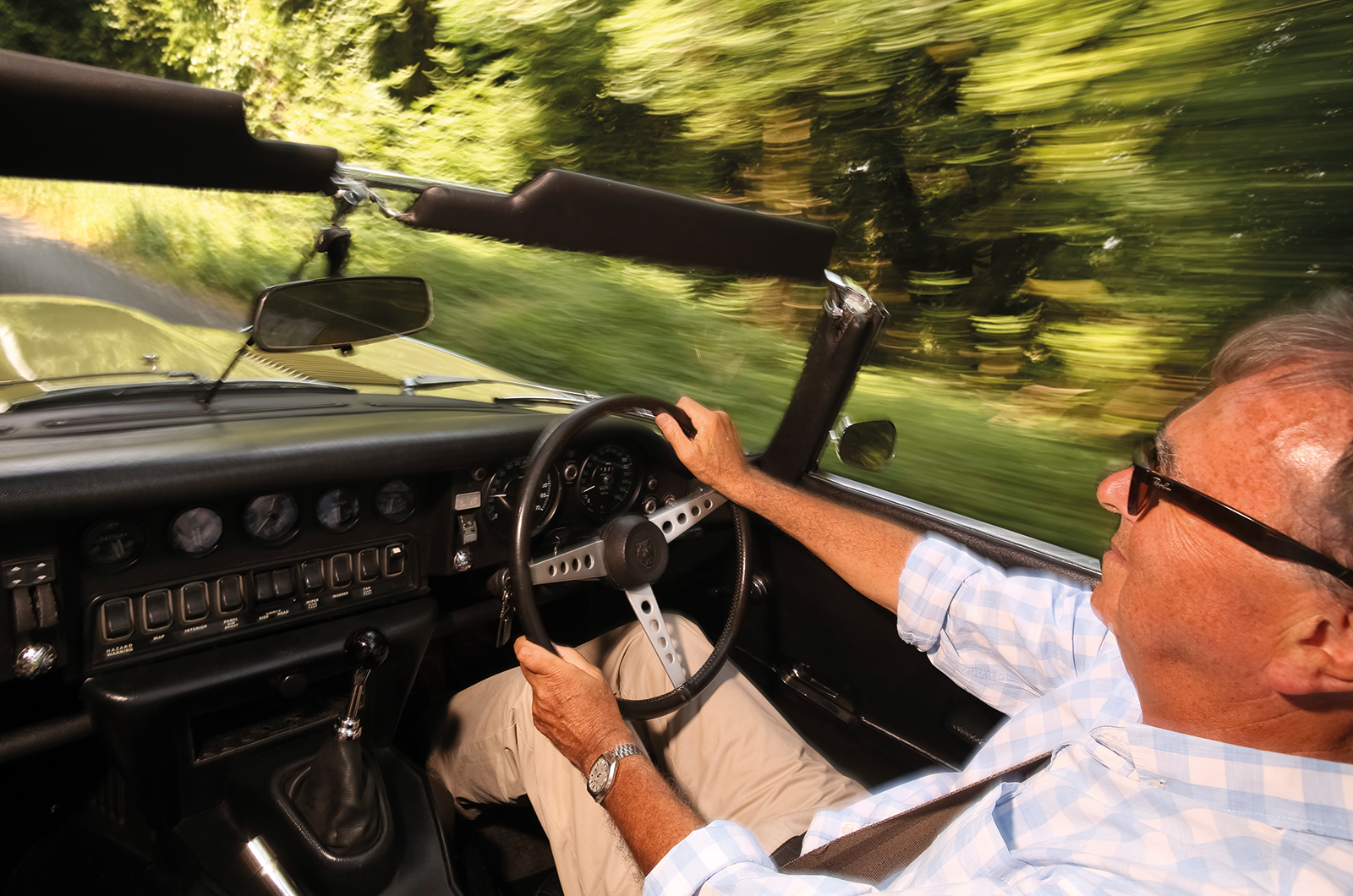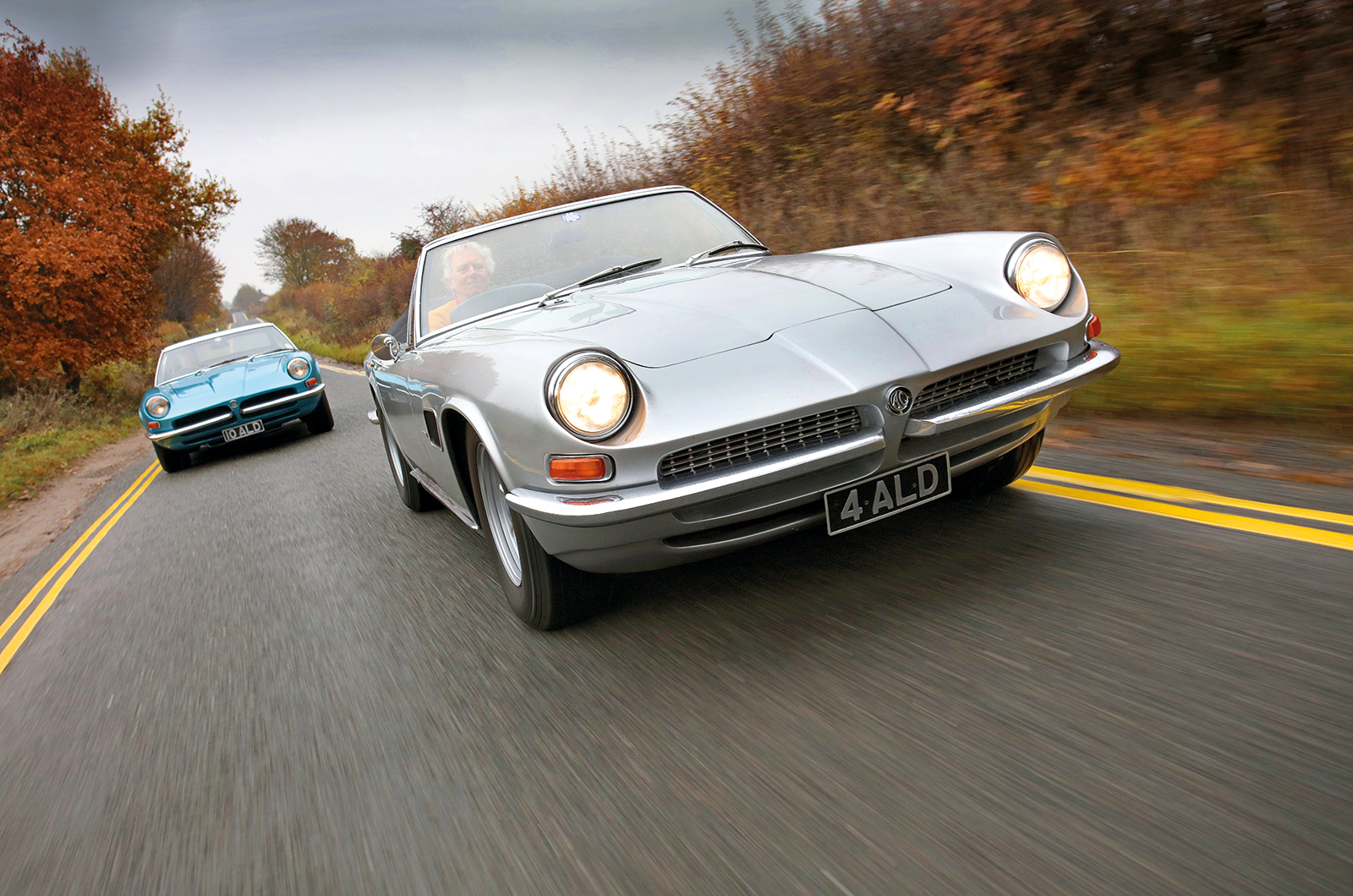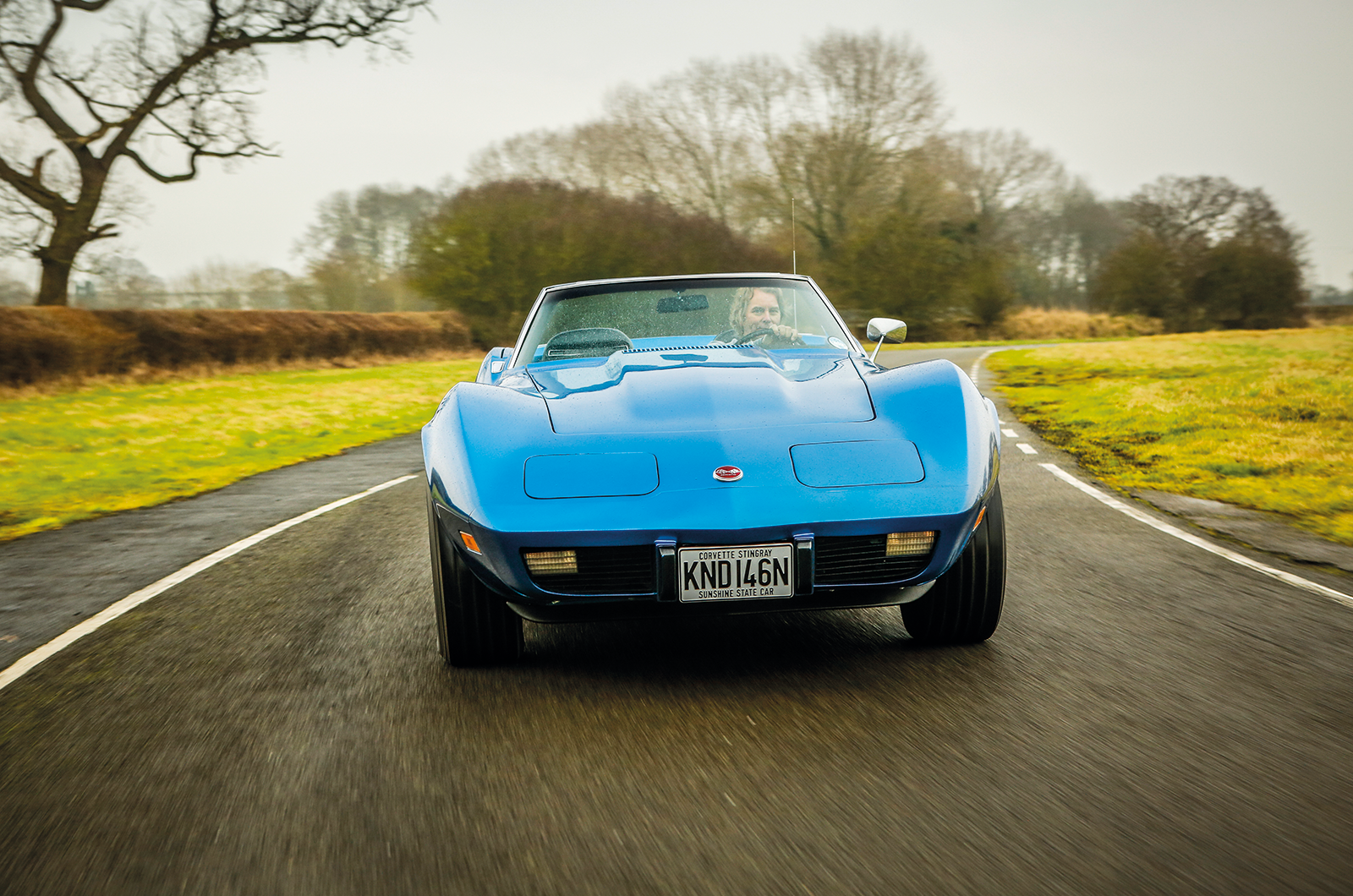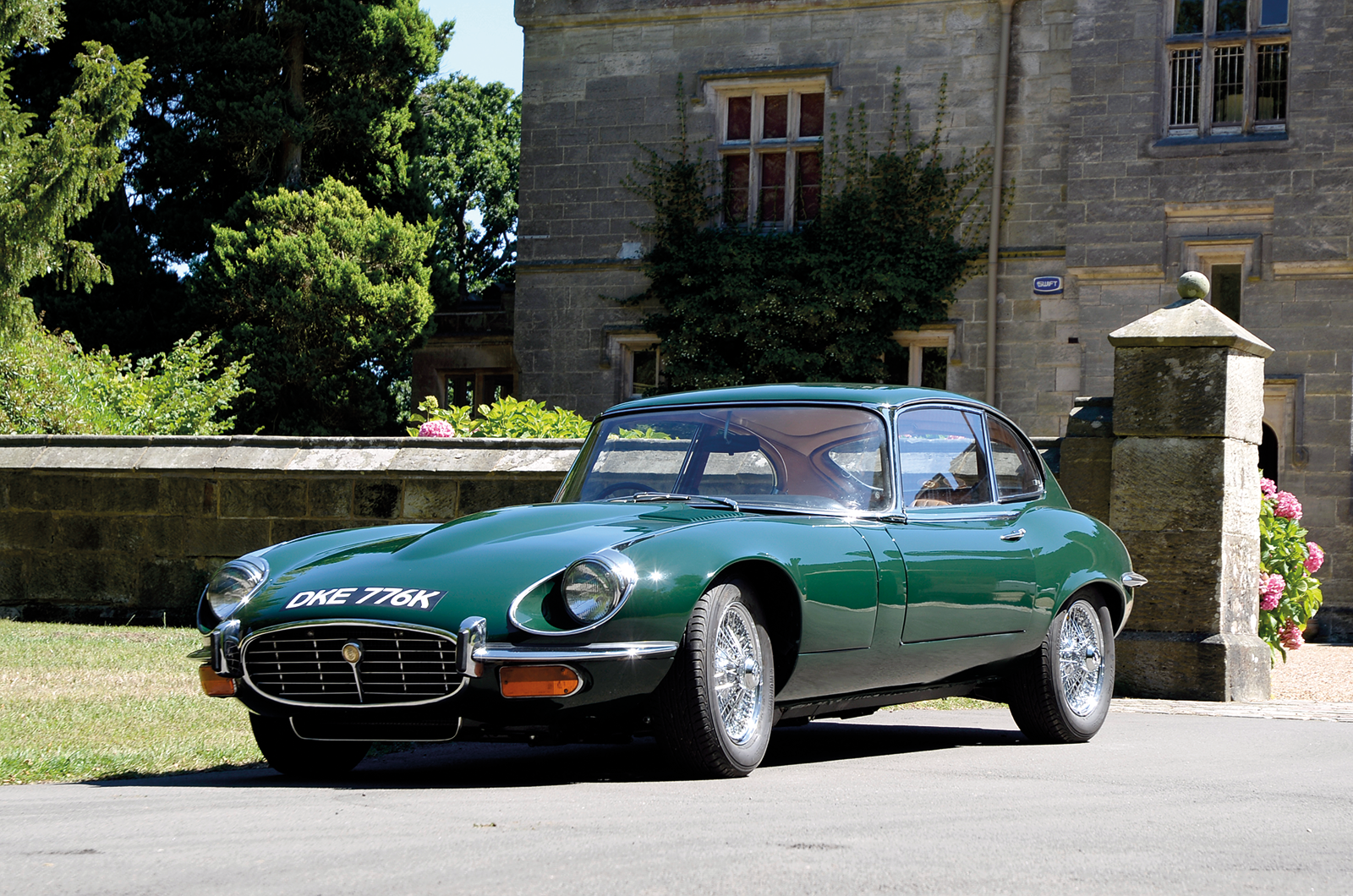
Why you’d want one
Though it retained the name and overall look of earlier models (and a handful of pre-production cars were built with 4.2-litre engines), the Series 3 V12 was a very different car.
It was less road-racer and more luxury cruiser, but with pace to match or even exceed its predecessors, delivered with smoothness and sophistication.
Frustrated by the American market’s obsession with cubic inches and V8s, which put many off buying an E-type due to it having ‘only’ six cylinders despite its superb performance, Jaguar dusted off an old four-cam alloy V12 Le Mans engine proposal, gave it compact single-cam heads and squeezed it under the E-type bonnet; the 5.3 V12 is just 39kg heavier than the 4.2 ‘six’.
Extended wheelarches accommodate a wider track and wheels with low-profile tyres; the original short wheelbase was dropped, the roadster body being stretched to fit the same wheelbase as the 2+2 fixed-head. The vast majority of panels were different, especially on the roadster.
Some unspoiled, rust-free, low-mile cars can be found in America, but remember that US models were different in more ways than just big overriders on later examples.

